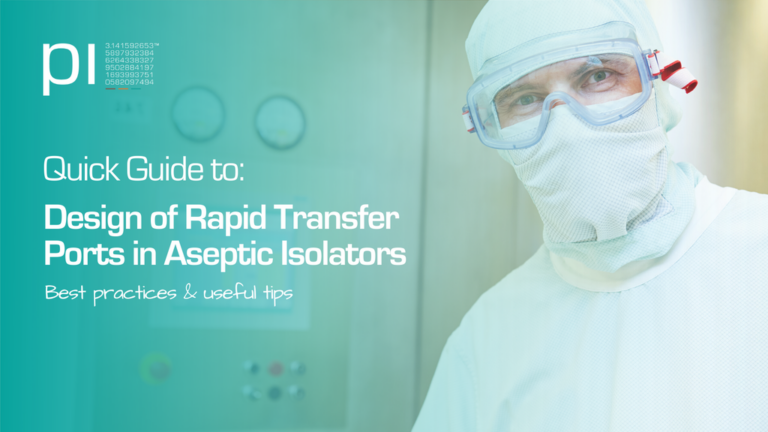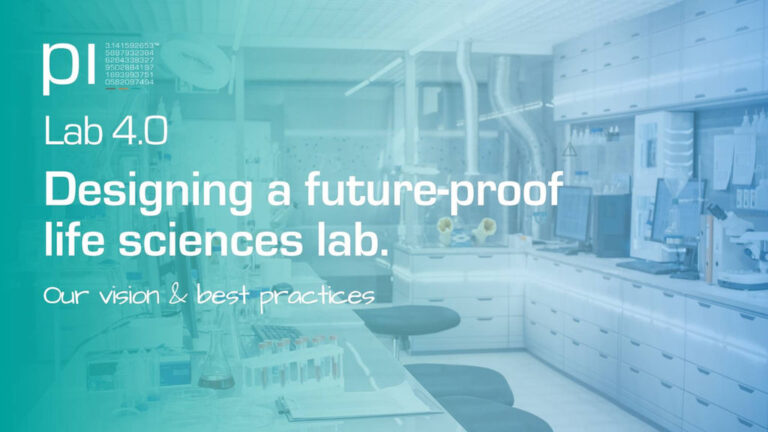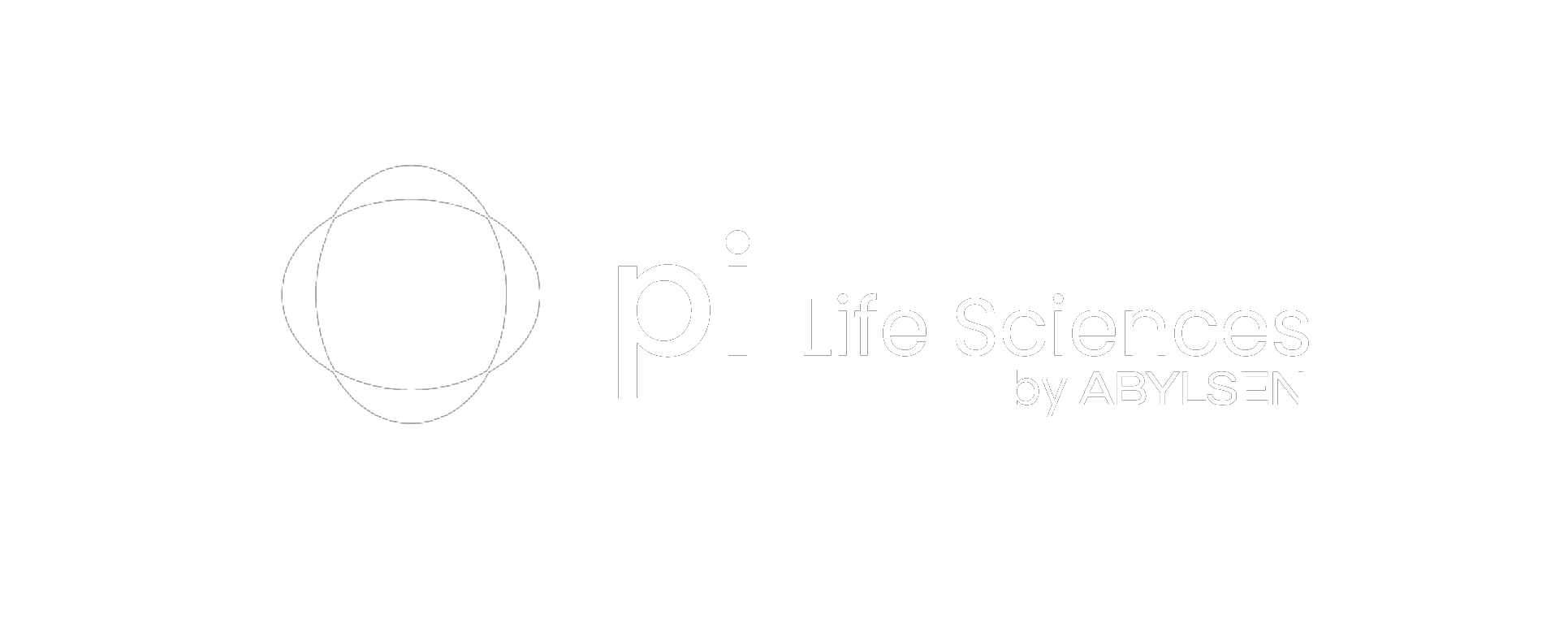It’s that time again. We are going to take another look at what makes up our pi DNA. Today we will be looking at our second value: professionalism. I can hear you thinking: easy, no? But is it really? Have you ever thought about what professionalism means to you? If you haven’t, take a moment and write down some keywords that bring, for you, “being a professional” alive. You’ve thought about it already? Well, then I invite you to do the same. Now let’s compare notes and let’s discover what professionalism truly is.
Trust me, I know what I’m doing
First things first, as professionals we should know what we’re talking about. We’ve got specialized knowledge and you know how to use it. We have a very particular set of skills, acquired over a (long) career. Skills that make us a nightmare for people like you. Whoops, seems we got carried away a bit there, excuse us the “Taken” movie reference. All fun aside, this means keeping these skills and knowledge up to date is as good as required to keep delivering the best work possible. Having coaches and mentors in your company is certainly a plus to keep things active and dynamic.
Next up: looking the part. How professional do you feel if you’re working from home, sitting at the cluttered kitchen table in your pajamas? Exactly, probably not so much. Now imagine yourself dressed up smart at a beautifully organized desk. How does that feel? Exactly. Looking the part is a bit of a mind trick. It helps convincing yourself and your environment that you’re being professional, which in turn supports you at being professional.
Own it
Of course, there’s more to it than dressing up and knowing your stuff. A lot more. Let’s start with a throwback to our first pi-DNA blog: integrity and respect. These are key elements in being a professional
You will almost certainly run into a snag at some point during a project. Did you know that you’ve got two options on how to handle this: focus on the problem or focus on the solution? If you focus on the problem and the story around it, it’s easy to get carried away. Put your attention and energy into finding a solution and look what happens. To get there you have to be able to own your thoughts and emotions and not the other way around. Of course, you can feel sad, angry, frustrated, tired, … It’s healthy to experience a wide range of emotions. However, don’t let it get in the way of getting the job done. Tuck them away under your arm, and put your mind to the job at hand, on finding the solution.
We would like to give the word to Victor Emil Frankl, an Austrian neurologist, psychiatrist, and Holocaust survivor: “between stimulus and response, there is a space. In that space is our power to choose our response. In our response lies our growth and our freedom.” Drama never solved anything.
Which brings us to the next point: accountability. Being a professional means taking responsibility. As said earlier, take responsibility for your own thoughts and emotions. Made a mistake? Don’t start making excuses or find someone else to blame. Take responsibility. What can we learn from it and how do we move forward with this new knowledge? Taking responsibility means not playing the blame game, which is focusing on the problem. It means moving forward, which is making the solution the focus point. In other words, don’t be afraid to start over. This time you’re not starting from scratch, you’re starting from experience. Can you see the difference?
Clearing the air
We all have certain expectations, things we assume another knows. Part of being a professional is converting any expectations (from your client, employer, and even yourself) into needs and wishes. Ask them what is needed and expected. State what you need from them as well. Watch any confusion melt away as these are revealed and defined.
Expectations can be cleverly disguised or well-hidden so it’s a professional’s job to read between the lines, extract this information, and get a clear view of what is required. Then you can move forward as one. It’s a recipe for success. And it’s hinged on being communicative.
This is also useful when giving and receiving feedback. When no hidden expectations are present, feedback will be honest and concrete and will be more easily translated to corrective action(s) where needed.
Blending all of these items together, you’ve got yourself one lean professional. Ready for anything. This is what we aim for at pi life sciences.
#constantly improving
Blog by: Kenneth Poupaert & Simon Verstraeten







